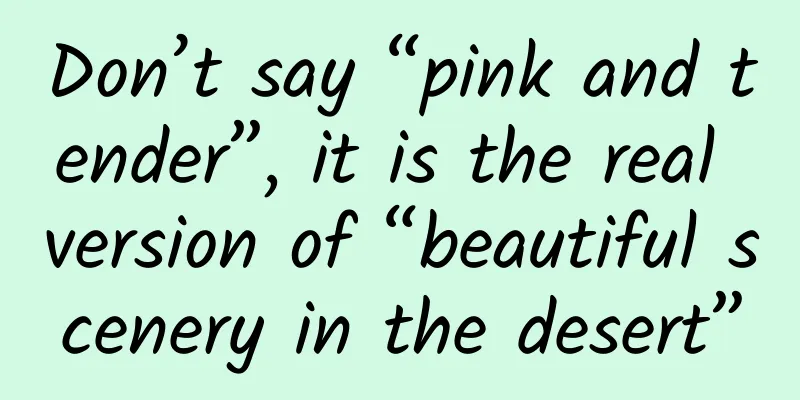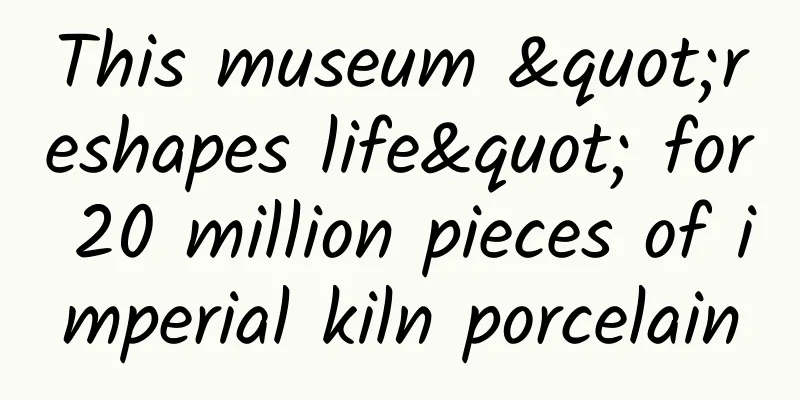Don’t say “pink and tender”, it is the real version of “beautiful scenery in the desert”

|
There are countless magical and beautiful plants on the vast stage of nature, each of which plays an important role. Today, we will focus on the common sand xerophyte in arid areas - the flower stick. Astragalus truncatula, also known as Astragalus truncatula, is a perennial leguminous plant and an excellent sand-fixing plant. It has strong adaptability and can grow rapidly in arid and barren lands. Its appearance is unique. Its upright stems stand proudly like a defender in the desert; its narrow leaves dance in the wind, as if telling the story of its struggle against the desert; and its clusters of wheat-like flowers are pink and bright, adding a touch of brilliant color to the monotonous desert. The flower stick is a semi-shrub plant, often distributed in the sand dunes or sandy land of the semi-desert, and the sandy land in the gullies in the foremountains of the desert. Its young branches and leaves are excellent feed; the wood is a long-lasting and flame-resistant firewood; the flowers are an excellent source of nectar; and the seeds are also excellent concentrated feed and oil. The flower stick plant is generally 80-300cm tall, with an upright stem, light yellow-green in color, bright yellow stem bark, fibrous and peeling, stipules ovate-lanceolate, brown and membranous, fused at the bottom, and easy to fall off. The leaves at the bottom of the stem have leaflets, which are gray-green, linear-oblong or narrowly lanceolate, sessile or nearly sessile, with a sharp tip and a short pointed head, a cuneate base, and the leaf surface is covered with short soft hairs or hairless, and the back of the leaf is covered with dense long soft hairs. The most eye-catching thing about the flower stick is its wheat-like flowers, which bloom in clusters on the branches. The flowers are small and exquisite, brightly colored, usually pink or purple. The flowering period is from June to September. When they bloom in large patches, they look like a sea of flowers, bringing a bright and beautiful look to the barren desert and giving people visual enjoyment. In addition to being beautiful, the flower stick also has many important ecological functions. It has a strong adaptability and can survive tenaciously in arid and barren desert environments. Its developed root system is deeply rooted in the ground, which can effectively absorb water and nutrients, and plays an important role in preventing wind and sand. It can fix sand dunes, reduce wind and sand erosion, improve soil quality, and create good conditions for the growth of other plants. The flower stick is not only an embellishment of the desert , but also a guardian of the ecology . It provides a habitat and food source for other creatures. It is like a silently dedicated guard, guarding this barren but vibrant land. Today, with the increasing awareness of environmental protection, the value of the flower stick is becoming more and more prominent. It has not only contributed to our ecological environment, but also become an important plant for ecological restoration in many regions. With its unique charm and important ecological value, it has won our attention and love. Let us work together to protect and cherish this gift from nature, and let the flower stick continue to bloom the light of life in the desert. (Written by Qiao Jingran/Sand Forest Research Center, Chinese Academy of Forestry) |
<<: Probiotic drinks? They sound healthy, but they may just be sugar water!
>>: Tracking at the nanoscale, using AI to play "rock in cells"!
Recommend
Chinese medicine for improving female sexual function
Many women suffer from low sexual desire due to w...
It’s 2022, do you want to see something tiger-like?
The Year of the Tiger is here, Fat Tiger wishes y...
How to eat and its effects
There are many types of ginseng, such as wild gin...
The efficacy and function of white mountain moss
For many Chinese people, traditional Chinese medi...
What are the medicinal values of mountain girls?
Maybe you have never heard of Mountain Girl. Moun...
First release! The most important "photos" of Mars are here
Original title: "Xinhua News Agency Authorit...
The efficacy and function of Yuxi Tianxianteng
Yuxi Tianxianteng is a very nutritious and precio...
What is the difference between a 9.9 yuan headset and a 1,000 yuan headset?
One minute with the doctor, the postures are cons...
The efficacy and function of the traditional Chinese medicine Fritillaria cirrhosa
Traditional Chinese medicine has a very good effe...
Can I eat mugwort after giving birth?
Pregnant women are relatively weak after giving b...
The efficacy and function of the hair axis fern
I believe many people are familiar with the Chine...
It is not far from Sanxingdui, which is popular on the Internet, and has an amazing "connection" with Sanxingdui!
Who is the most popular archaeological site in re...
The efficacy and function of Ranunculus lanceolate
The efficacy and function of the traditional Chin...
Can drinking honeysuckle regularly cure bad breath?
Many people find bad breath when they wake up in ...
Candles are actually insect secretions? Uncovering the ancient tree "factory" that produced candles
Why is the wax in “烛” (candle) written with the c...









